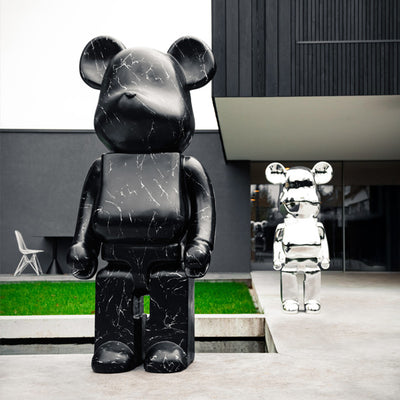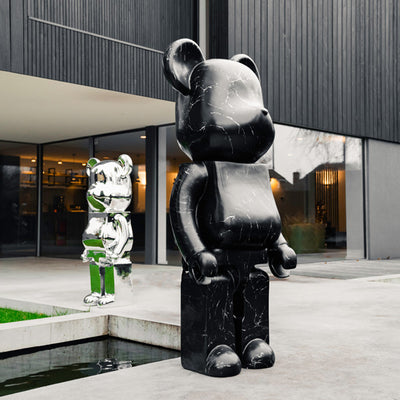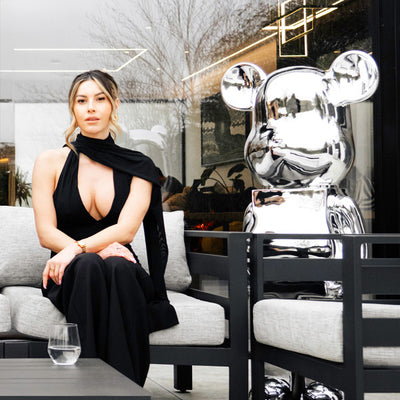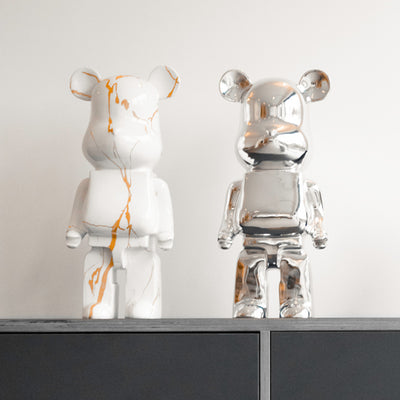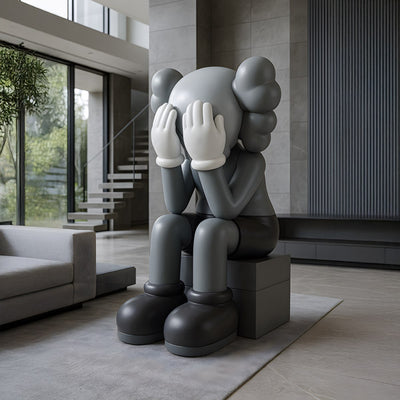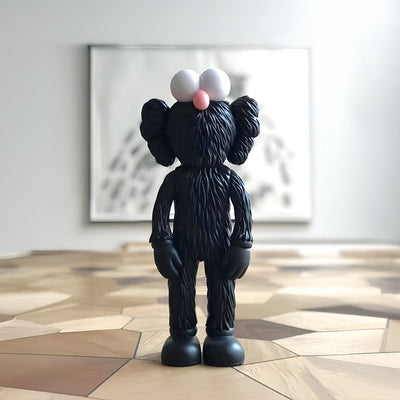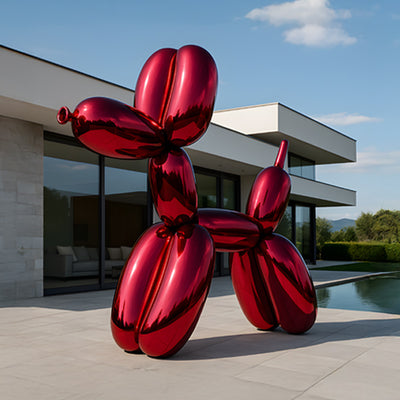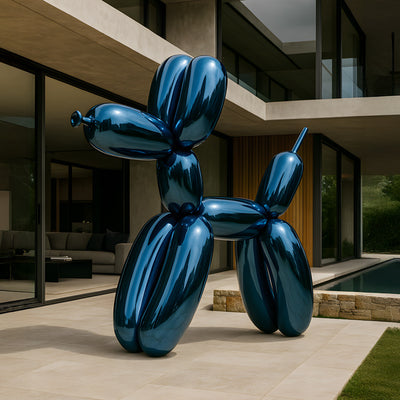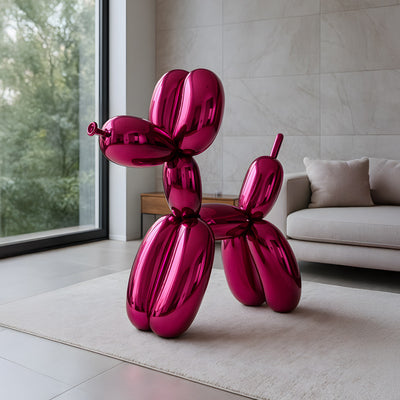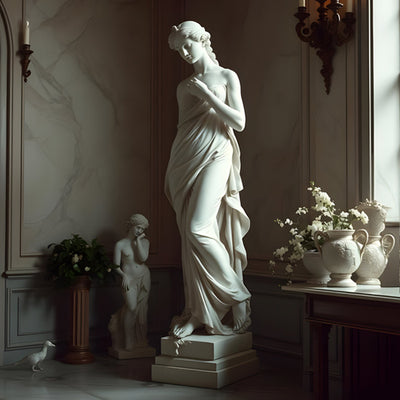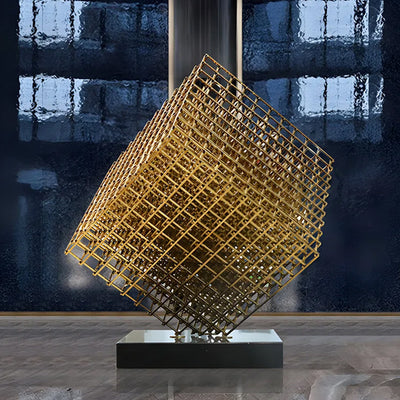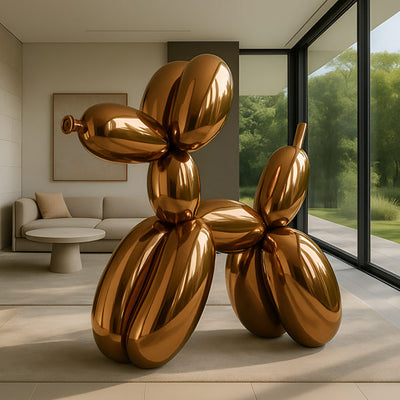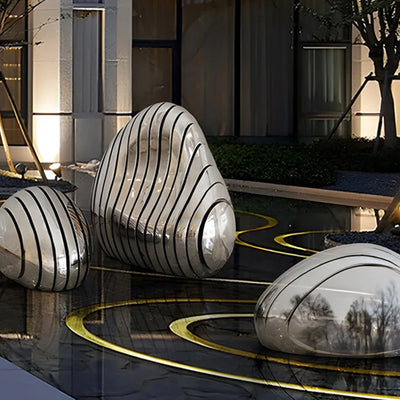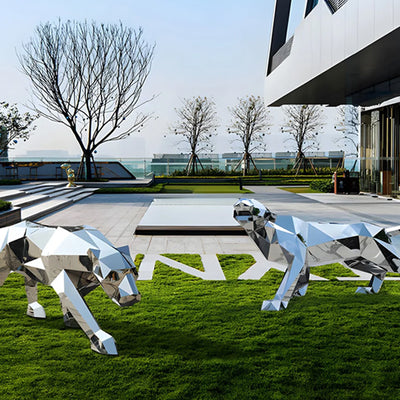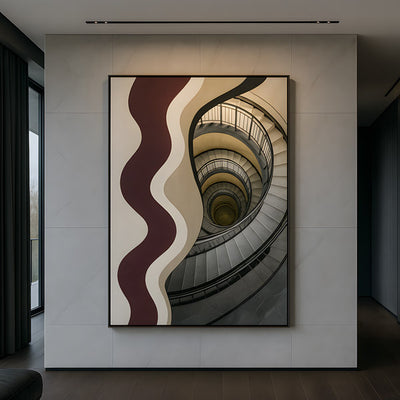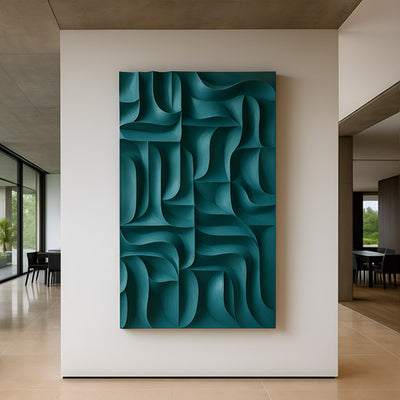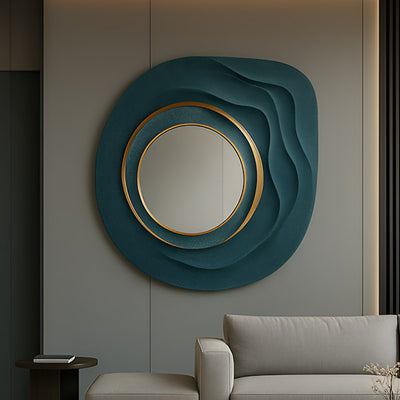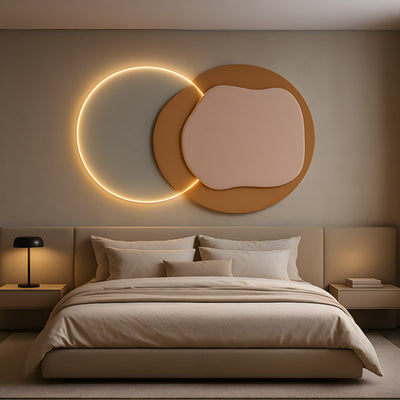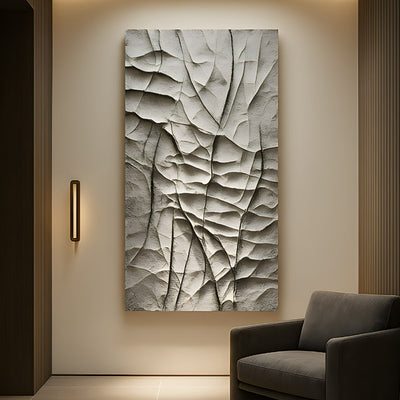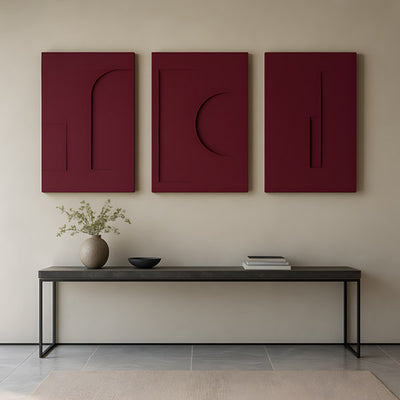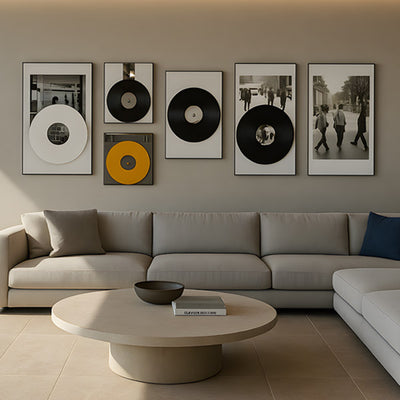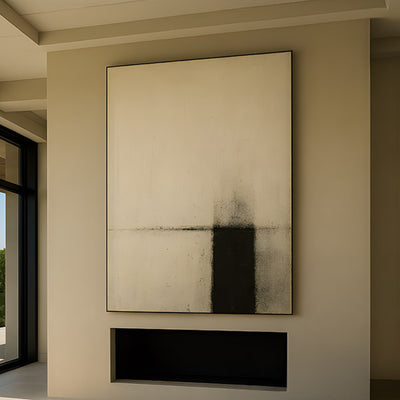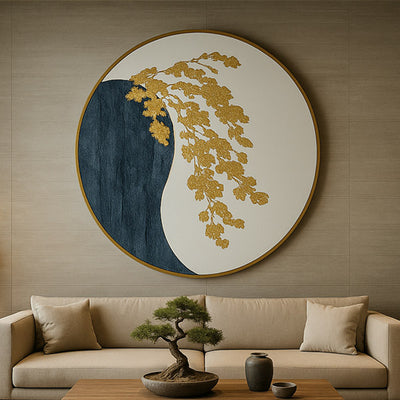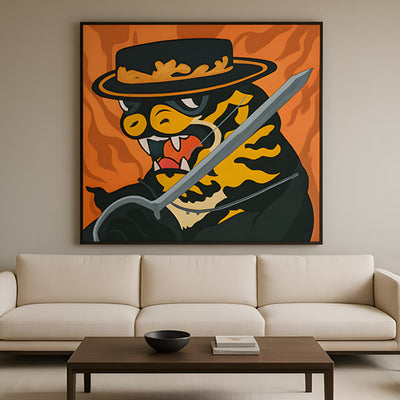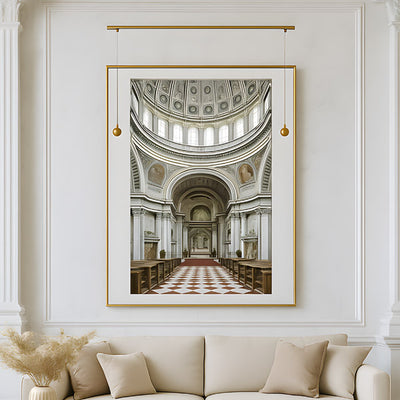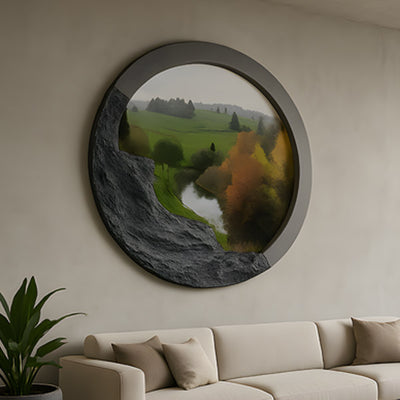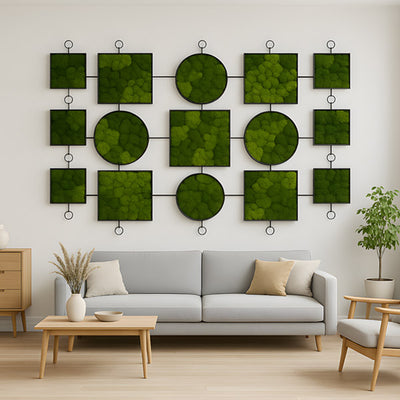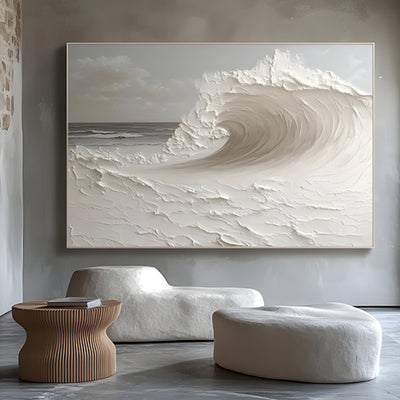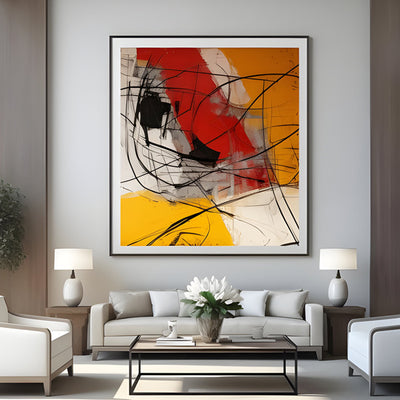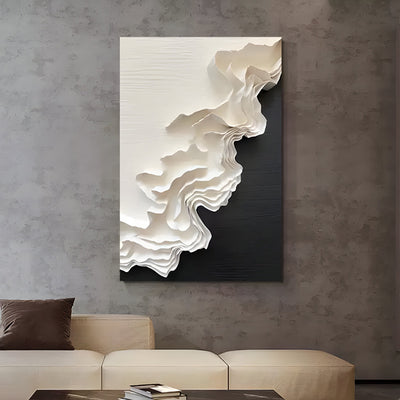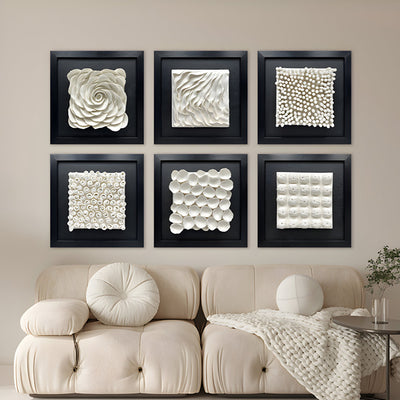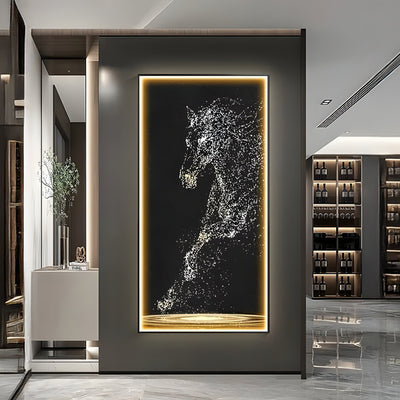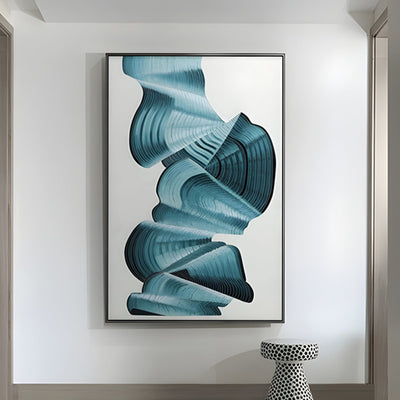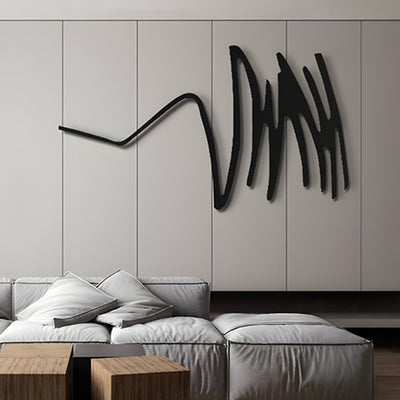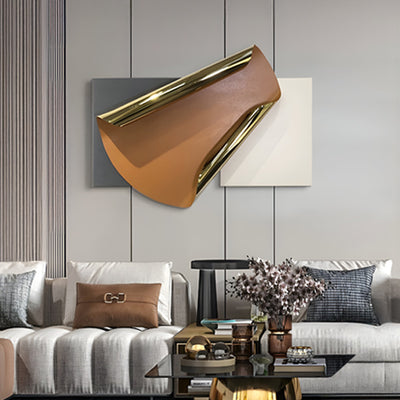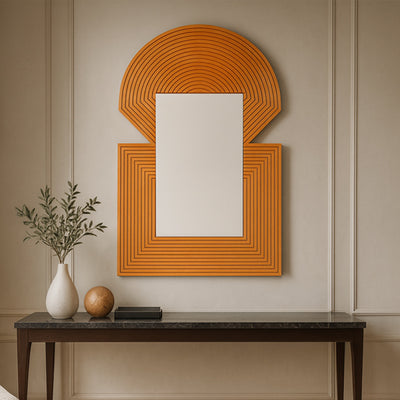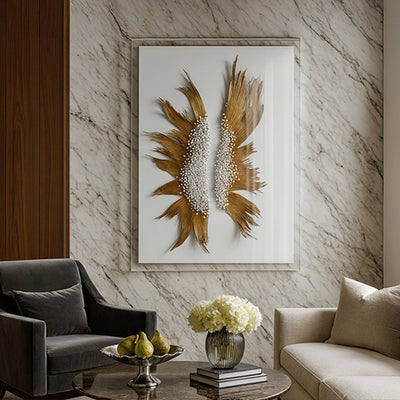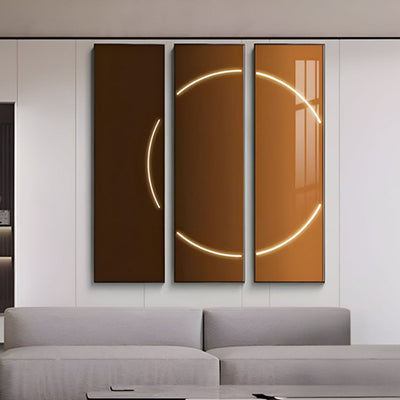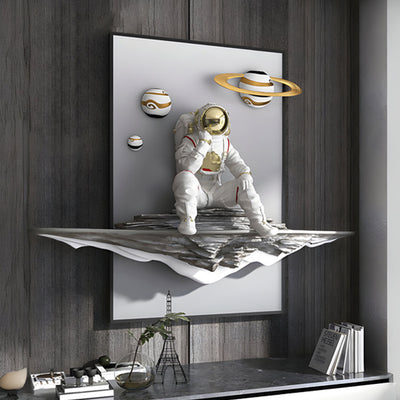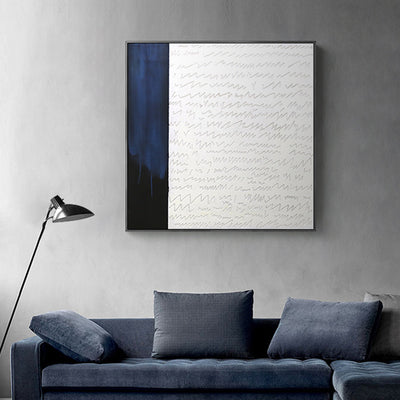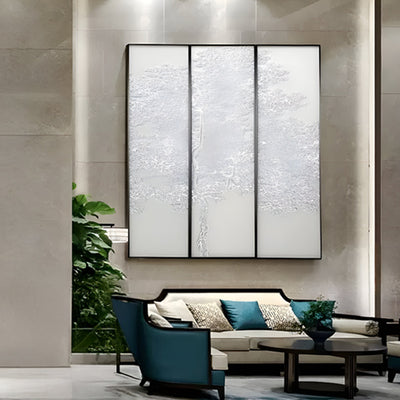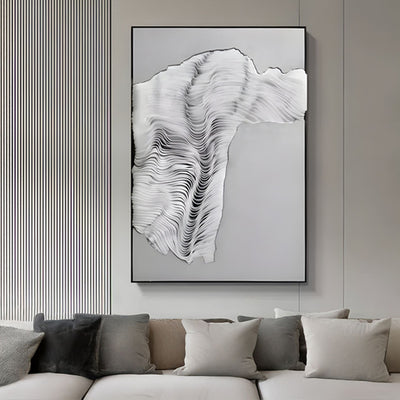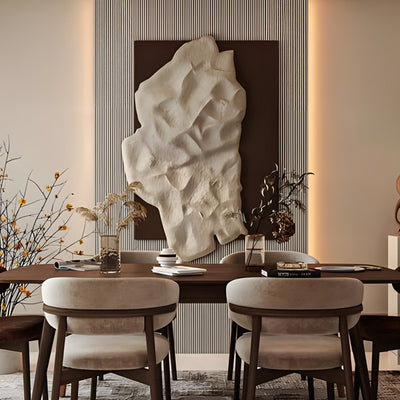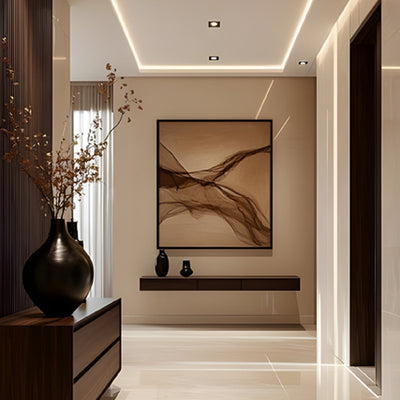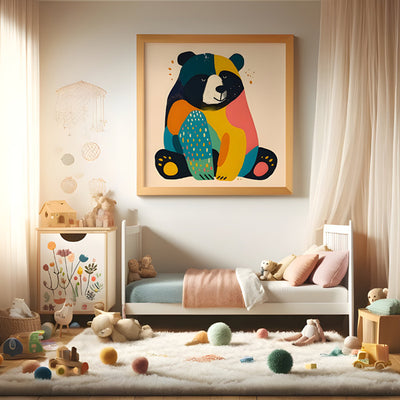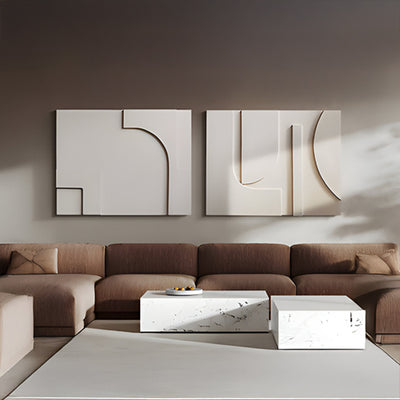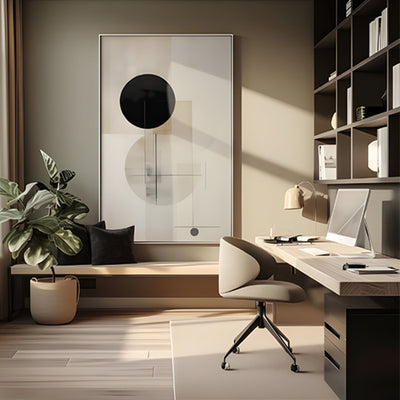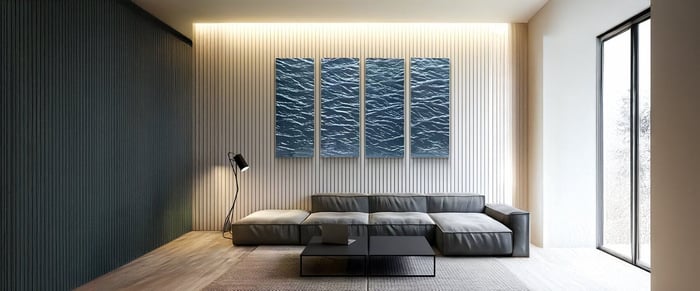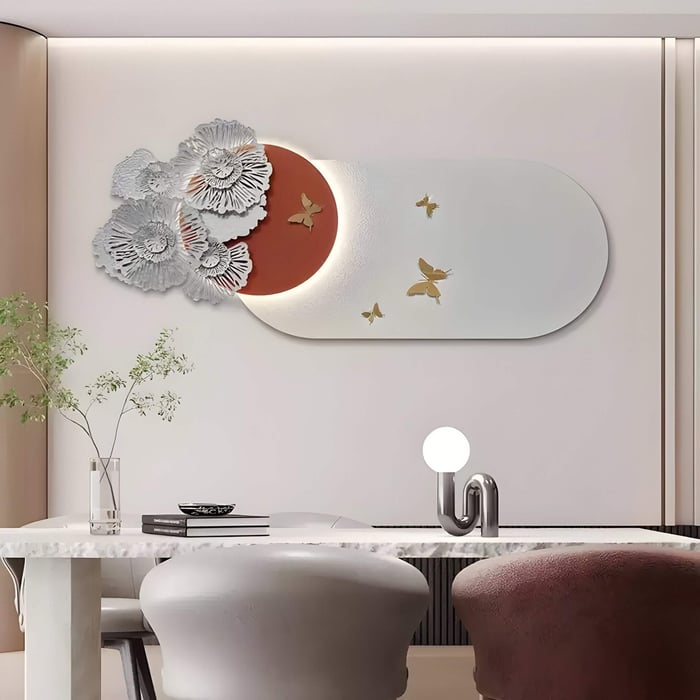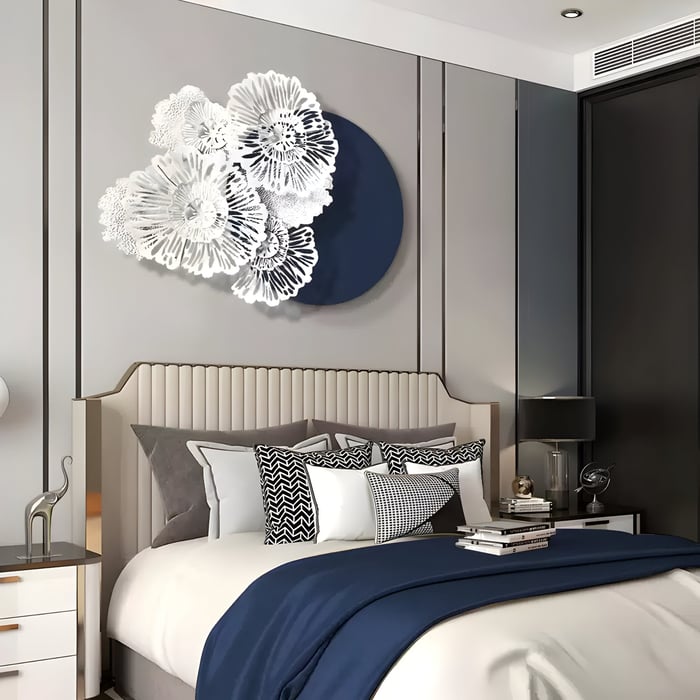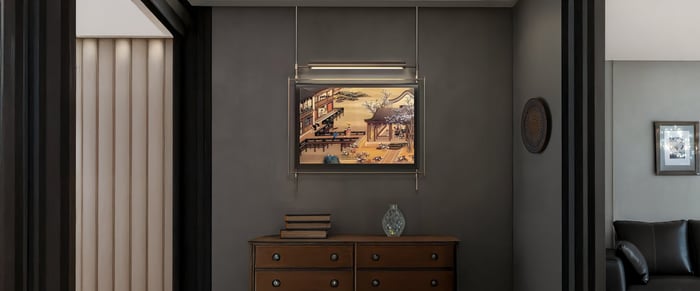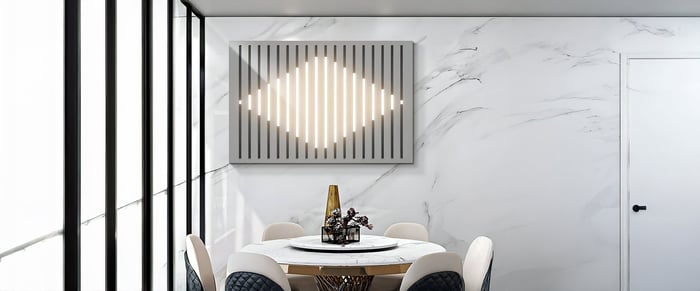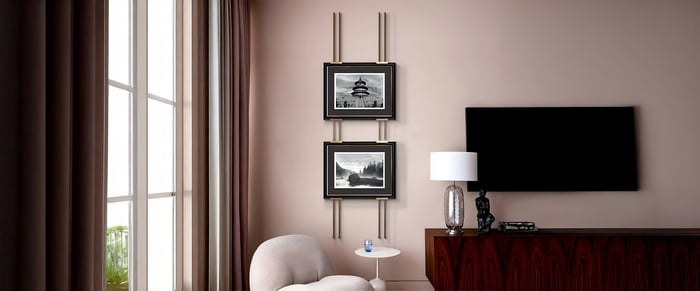Introduction
In a world that increasingly values mindfulness, sustainability, and personal connection to the spaces we inhabit, the rise of organic art in interior design is no surprise. This style draws from nature, using wood, stone, fiber, clay, and even reclaimed materials, to create artwork that feels grounded, raw, and serene. Whether you’re designing a modern loft or a rustic home, organic pieces offer more than just beauty; they bring balance and warmth into your environment.
Incorporating organic art into your home isn’t just an aesthetic decision, it’s a lifestyle choice that aligns with eco-conscious values and wellness-driven living. Below, we’ll explore seven practical design tips to help you bring organic wall art into every corner of your home.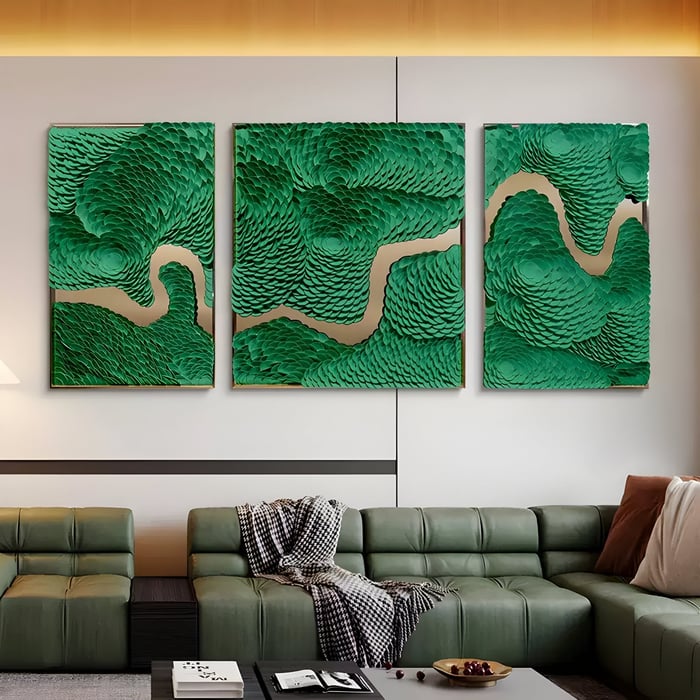
The Natural Allure of Organic Art Decor
Organic wall pieces captivate with their raw elegance. Unlike mass-produced prints, they celebrate irregularities, like wood grain, woven fibers, and earthy textures, that evoke authenticity and warmth. These imperfections create a subtle luxury that feels grounded and intentional.
Choosing organic art isn’t just about looks, it reflects mindful living. Here's why these pieces are gaining popularity in modern interiors:
Sustainable by Design
Made from renewable or reclaimed materials, these artworks align with eco-conscious values. They offer beauty with a lighter environmental footprint, favoring craftsmanship over consumption.
Warmth & Texture
Organic wall art add depth to sleek interiors. Whether it’s the rough edge of wood or the softness of textile, these textures break up the monotony of smooth surfaces and add a calming, tactile layer to your space.
Style Versatility
Whether your home leans minimalist, rustic, or coastal, these pieces blend seamlessly. Their neutral tones and organic forms make them adaptable yet distinctive.
For those seeking a home that feels both beautiful and meaningful, handcrafted wall decor offers a timeless and thoughtful foundation.
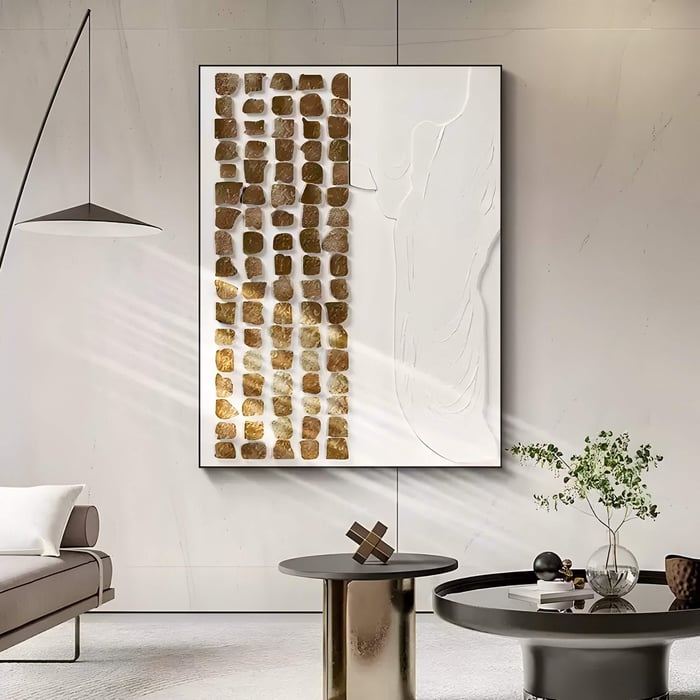
Living Room Art Ideas: Create a Relaxing Focal Point with Organic Art
The living room is the heart of most homes, a place for relaxation, connection, and creativity. Introducing organic art here can instantly transform a neutral space into one that feels intimate and serene.
Tips:
Choose large wall pieces made of driftwood, clay, or linen to create a calming focal point.
Pair your art with earth-toned sofas, rattan chairs, or stone planters to maintain a cohesive palette.
Consider triptych arrangements or asymmetrical gallery walls with botanical or geometric motifs.
By choosing pieces that mirror the flow and texture of nature, you elevate your living room art from decorative to deeply experiential.

Dining Room Art That Sparks Natural Conversation
The dining room is where stories are shared and meals become memories. Here, organic art can help cultivate a welcoming, grounded ambiance that enhances togetherness.
Tips:
Opt for medium-to-large canvases with natural dyes, leaves, or bark textures.
Stick with warm hues like ochre, sienna, and olive green, which encourage conversation and calm.
Hang artwork at eye level to create visual balance with your dining furniture.
Organic dining room art invites your guests to pause, reflect, and enjoy the moment, making every gathering feel a little more meaningful.
Office Art That Elevates: Bring Organic Wall Art to Your Workspace
Designing a home office that promotes focus while reducing stress is a challenge many professionals face. Incorporating organic art into your workspace helps soften hard edges and adds a sense of natural calm.
Tips:
Choose woven wall hangings or abstract forms made from reclaimed materials to spark creativity.
Use wall art with circular or flowing shapes to counterbalance the rigidity of desks and screens.
Combine organic pieces with low-light plants like snake plants or pothos for a biophilic boost.
When used thoughtfully, office art grounded in organic aesthetics can elevate your mood, support mental clarity, and set the tone for a more mindful workday.
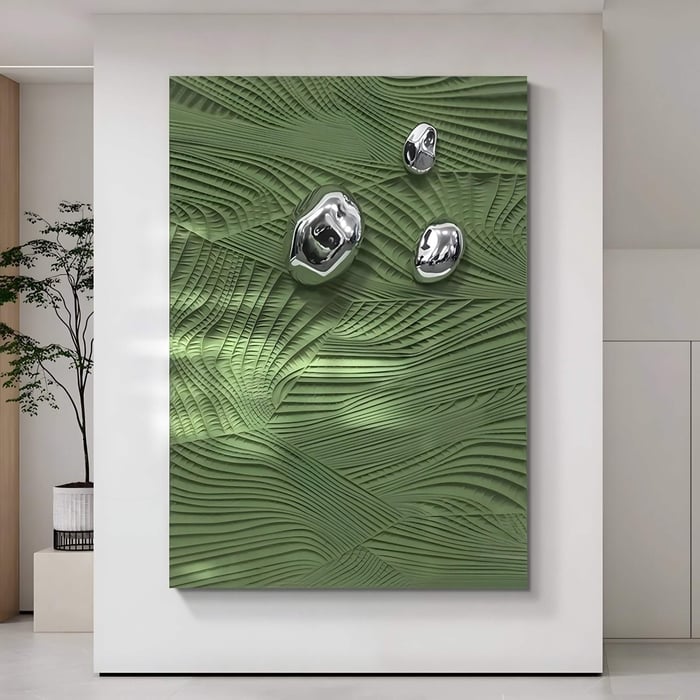
Add Depth to Narrow Spaces with Organic Hallway Art
Hallways are often overlooked in design plans, but they offer the perfect canvas for subtle, textured decor. With the right organic art, even the narrowest corridor can feel intentional and inviting.
Tips:
Hang a series of vertical panels featuring natural fiber weaves, raw-edged woods, or minimalist ink brushwork.
Add wall sconces with warm LED lighting to accentuate depth and texture.
Use mirrors with live-edge wood frames to expand visual space.
By investing in thoughtful hallway art, you turn transitional zones into showcases of nature-inspired beauty.
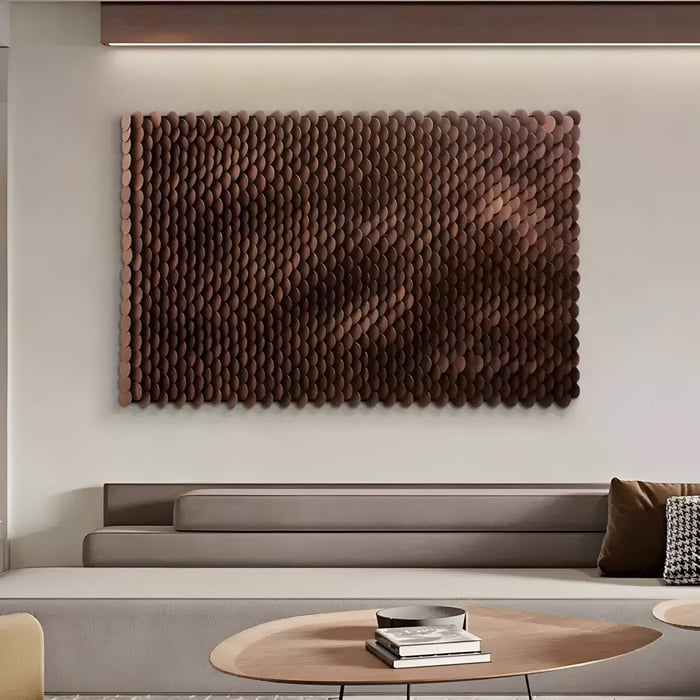
Tips for Styling Organic Art Pieces with Complementary Decor
When incorporating nature-inspired wall pieces into your home, it’s essential to consider how the surrounding decor enhances their raw textures and earthy tones. These works often feature subdued colors and natural materials, so the environment around them should feel equally balanced and harmonious.
Tips:
Stick to an earthy color palette: Choose muted tones like sand, clay, moss green, terracotta, and slate gray. These shades don’t compete for attention and instead highlight the quiet elegance of natural materials.
Opt for textured surfaces: Plaster walls, woven rugs, or unpolished stone floors can echo the tactile quality of your wall art and deepen the organic atmosphere of the space.
Use curved or imperfect shapes: Decor elements with rounded edges or handmade irregularities pair beautifully with the raw aesthetic. Think uneven pottery, pebble-shaped cushions, or wabi-sabi-style furniture.
Layer natural textiles: Linen curtains, wool throws, or cotton cushions in soft hues bring warmth and softness, creating a visual rhythm that flows with the artwork.
Limit high-gloss finishes: Instead of shiny metals or lacquered surfaces, choose matte ceramics, unfinished wood, or brushed metal for cohesion.
The goal is to create a visual dialogue, where every item in the room feels like it belongs to the same earthy narrative. By focusing on tone, texture, and shape, you allow your nature-inspired wall piece to resonate effortlessly within its surroundings.
Conclusion
Bringing organic art into your home is more than a design trend, it’s a way to foster deeper connections with the spaces you inhabit. From tranquil living room art to grounding office art, and from conversation-starting dining room art to mood-setting hallway art, every corner of your home can benefit from this nature-inspired aesthetic.
Let texture tell the story. Let sustainability lead your style. And let organic art be the bridge between beauty and intention.

